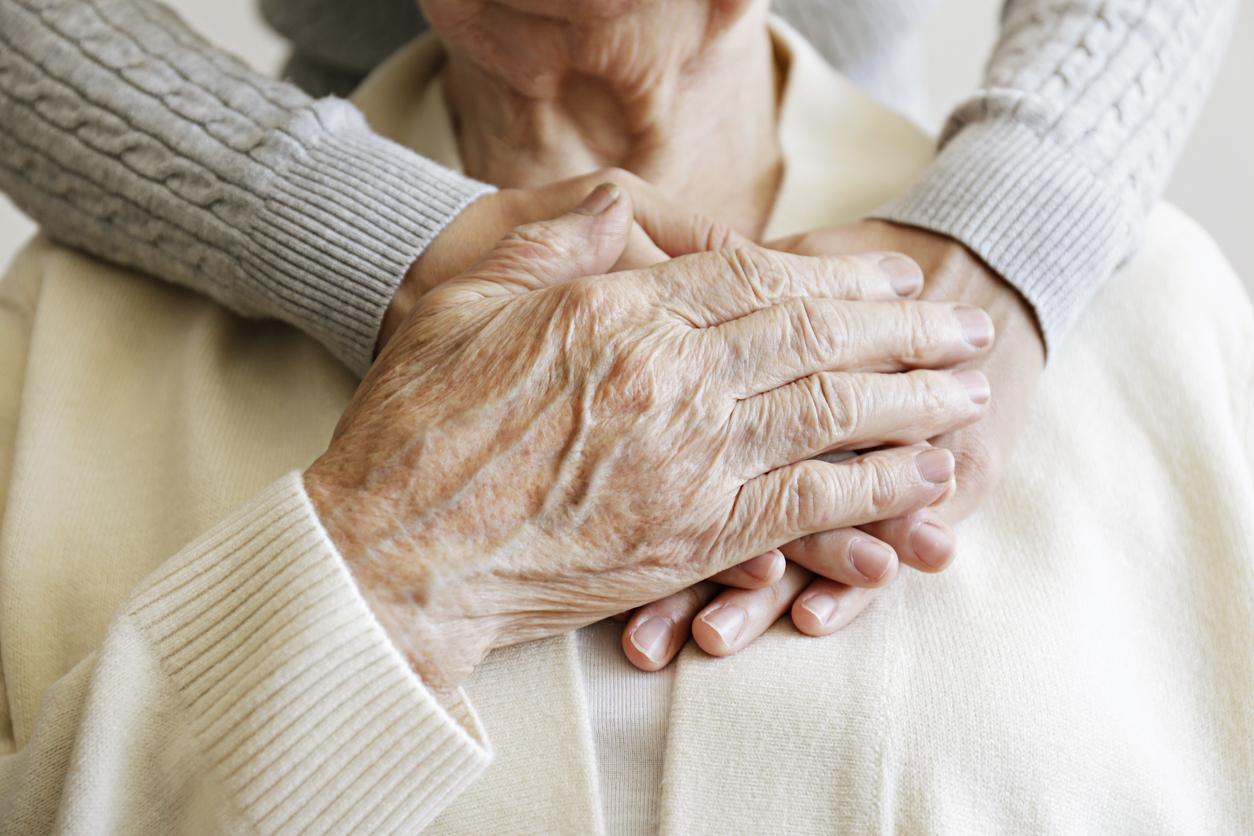The life expectancy of women has not always been higher than that of men, according to a recent study. The gap between the two sexes widened at the end of the 19th century.

By 2030, the life expectancy of a man is expected to reach 85.7 years, that of a woman 87.6 years. The gap is narrowing, but the women will keep a slight advantage. These are the calculations published recently in The Lancet by a team of scientists from Imperial College London. A projection much higher than those advanced so far, which is based on recent developments in society.
But, surprise, women have not always won in the field of longevity.
An equal life expectancy before 1840
Indeed, in a study published in the journal Proceedings of the National Academy of Sciences (PNAS) and reported by LiveScience, researchers at the University of California analyzed the birth and death years of 1,763 people born between 1800 and 1935 in 13 developed countries.
Among people born before 1840, life expectancy was almost the same for men and women of a given age.
But researchers found that the difference in life expectancy between men and women began to widen as early as the late 19th century and early 20th century. And, more precisely, in the decade 1880-1890.
Men stricken by cardiovascular disease
During that decade, the death rate for men aged 50 to 70 began to be one and a half times that of women of the same age. These premature deaths compared to women were notably linked to cardiovascular diseases which affected them more, says the study. They were responsible for a 40% increase in the death rate among men between 1880 and 1919. One of the reasons given by the authors is that “fat is distributed differently in men and women, which could explain why men are more prone to cardiovascular disease. “
In addition, thanks to better prevention of infectious diseases, better nutrition, and the adoption of other health behaviors, women would have reaped the benefits of this longevity from that date at a much faster rate than men. .
As proof, among those born after 1880, the death rate after the age of 40 fell 70% faster than that of men. “After 80 years, the gap between the two sexes is reduced considerably,” said in a press release. Prof. Eileen Crimmins, main author of the study.
In this regard, however, it should be remembered that at present, women are no less affected by heart disease than men. They would even present in some cases greater risk of mortality, concluded in 2013 a team of American researchers in the journal. Global Heart.
These scientists have, for example, estimated that obesity increases the risk of heart attack by 64% for women and only 46% for men.
.

















